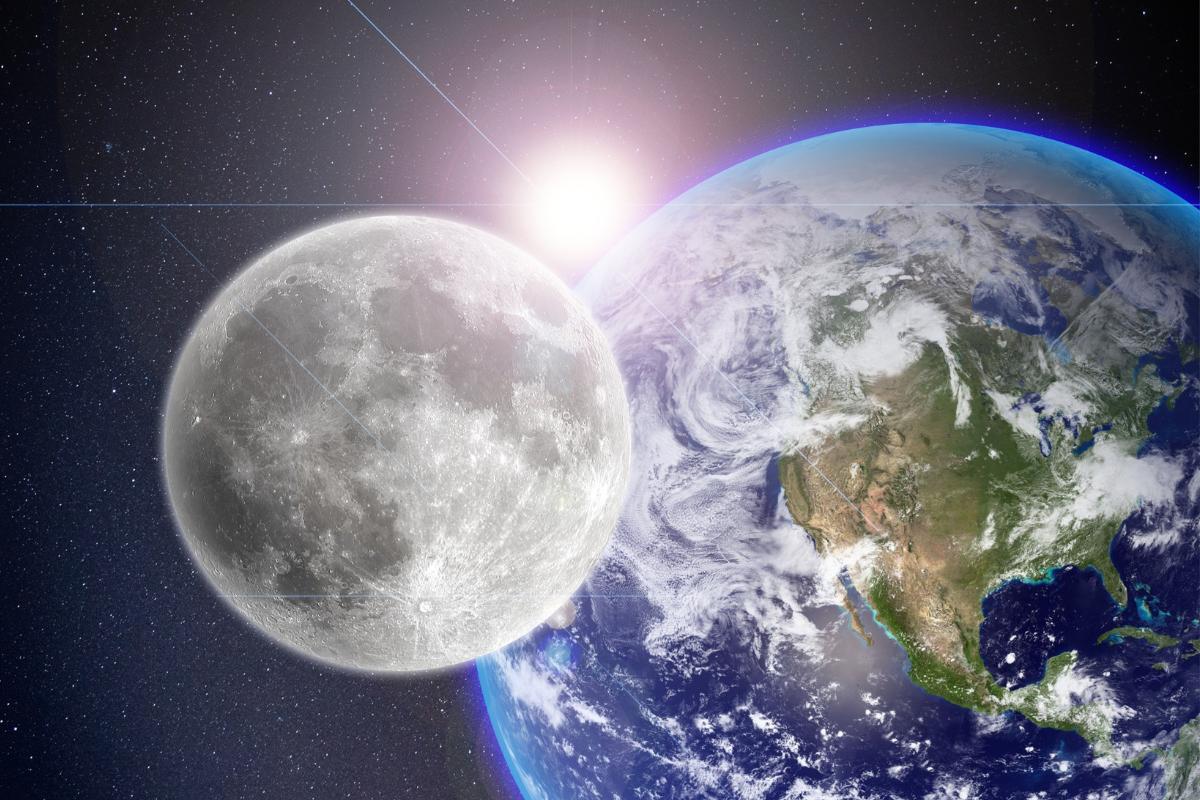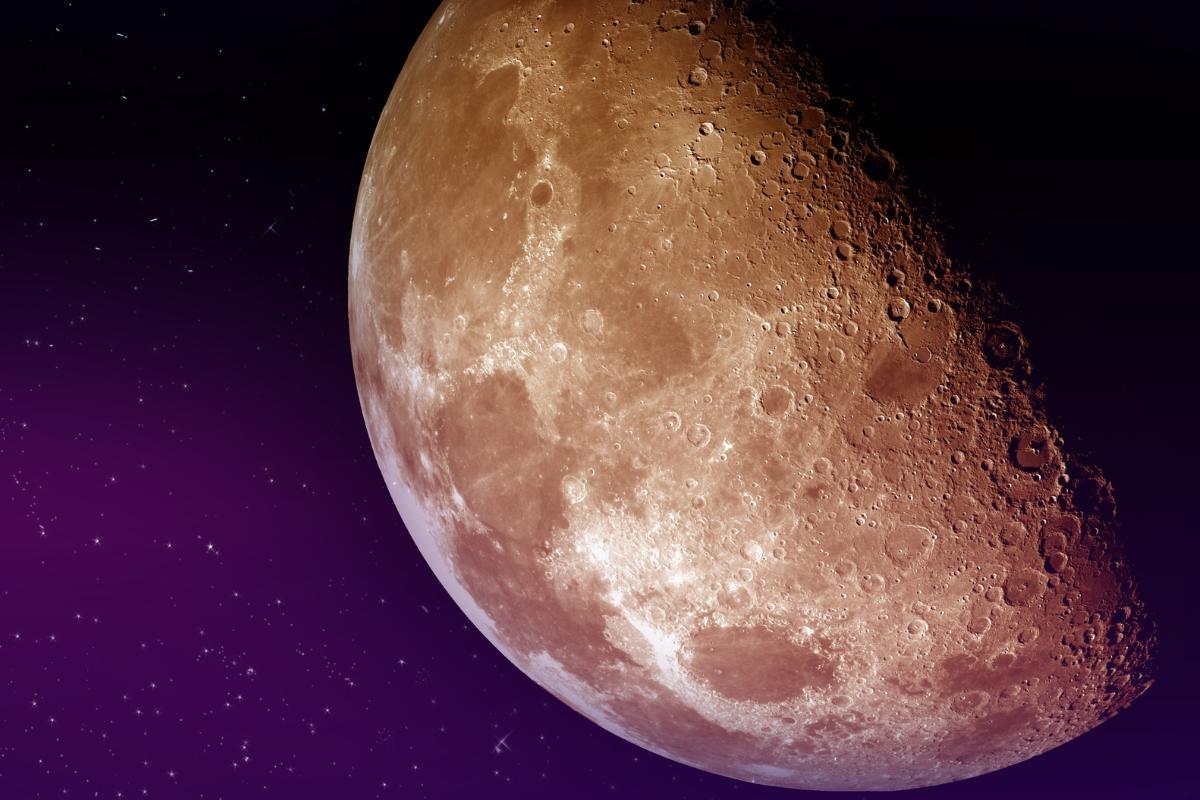12 Mind-Blowing Moon Facts


The Moon, Earth's only natural satellite, is a fascinating world of its own. Composed of a crust, mantle, and core, it lacks an atmosphere and remains the sole celestial body where humans have set foot. Not only that, but the Moon's influence on Earth is significant and far-reaching, affecting everything from ocean currents to the evolution of life.
To delve deeper into these intriguing aspects and uncover more about our lunar neighbor, don't miss our article by thedailyECO on 12 mind-blowing moon facts you've never heard before.
- The Moon is Earth's only natural satellite
- The Moon is the fifth-largest moon in the Solar System
- The Moon is composed of three main layers
- The Moon's surface has over 1,600 recorded craters
- The Moon's highest point surpasses Mount Everest
- The Moon's origin is a scientific enigma
- The Moon always shows the same side to Earth
- The Moon's gravity is far less intense than Earth's
- The Moon has no atmosphere
- The Moon has lunar seas
- The Moon is the only celestial body to have been visited by humans
- The Moon has moonquakes
The Moon is Earth's only natural satellite
As Earth's sole natural satellite, the Moon exerts a profound influence on our planet. Its gravitational pull is responsible for regulating ocean tides, a vital force shaping coastal ecosystems and influencing global climate patterns.
Additionally, the Moon stabilizes the tilt of Earth's axis, ensuring a relatively consistent climate and preventing extreme temperature fluctuations.

The Moon is the fifth-largest moon in the Solar System
The Moon is the fifth-largest moon in the Solar System. It has a diameter of 3,474.8 kilometers (2,159.1 miles). Its size is impressive, being roughly one-quarter the diameter of Earth, which makes it the largest moon relative to its host planet in our solar system.
The Moon is composed of three main layers
The Moon is composed of three main layers: the crust, mantle, and core. The crust is rich in silicates, aluminum oxides, calcium, and iron. The mantle is primarily made of iron and magnesium-rich rocks. The core is small and composed mostly of iron.
Oxygen is the most abundant element on the Moon, making up about 43% of its composition, followed by silicon (20%), magnesium (19%), and iron, aluminum, chromium, titanium, and traces of other elements.
Curious about how our Moon impacts life on Earth? Dive deeper into its crucial role in our next article.
The Moon's surface has over 1,600 recorded craters
The Moon's surface bears the scars of countless impacts from meteorites and other space debris, resulting in over 1,600 recorded craters. Prominent craters include Tycho, Copernicus, Aristarchus, and Grimaldi, among others. These names often pay tribute to scientists, artists, explorers, scholars, cosmonauts, and astronauts. As new craters are discovered, this list continues to grow.

The Moon's highest point surpasses Mount Everest
The Moon's highest point, located within the Leibnitz Montes mountain range on its far side, towers at an impressive 10,786 meters (36,288 feet) above the average lunar surface.
This peak surpasses Mount Everest, Earth's tallest mountain, in height. The Leibnitz Montes range itself is a remnant of the vast Aitken crater, one of the largest and oldest craters in the Solar System. This ancient impact event left deep scars on the lunar surface, forming extensive mountain ranges like the Leibnitz Montes.
The Moon's origin is a scientific enigma
The most widely accepted explanation for the Moon's origin is the giant impact theory. This theory posits that a Mars-sized object collided with Earth around 4.5 billion years ago, ejecting debris that eventually coalesced to form the Moon.
While the giant impact theory is strongly supported, it's not the only proposed explanation, and the exact details of the Moon's formation remain a subject of scientific inquiry.

The Moon always shows the same side to Earth
The Moon rotates synchronously with Earth, meaning it always presents the same face to our planet. This occurs because the Moon completes one rotation on its axis in approximately 27.3 days, the same amount of time it takes to orbit Earth. As a result, we only see one hemisphere from Earth, known as the "near side."
The opposite hemisphere is often called the "far side" or "dark side," but it receives sunlight just as the near side does.
Fascinated by the Moon's mysteries? Discover the reason behind its glowing light in our next intriguing read.

The Moon's gravity is far less intense than Earth's
The Moon's gravity is only about one-sixth that of Earth's, allowing astronauts to leap higher and carry heavier loads with greater ease. However, this lower gravity presents unique challenges for lunar exploration. Everything from movement and equipment handling to mission planning and execution must be adapted to the Moon's gravitational environment.
Curious about other moons in our solar system? Discover how the Moon compares to Mars’s moons in our follow-up article.
The Moon has no atmosphere
Unlike Earth, the Moon lacks a substantial atmosphere. Instead, it is enveloped by a very thin exosphere, which contains primarily hydrogen and helium, along with trace amounts of other gases.
This absence of a dense atmosphere prevents the Moon from retaining heat, resulting in extreme temperature fluctuations. Surface temperatures can vary dramatically, ranging from about -173°C (-280°F) at night to 127°C (260°F) during the day.

The Moon has lunar seas
The large dark plains visible on the lunar surface are known as "lunar maria," but contrary to their name, they do not contain any water. These regions are vast basaltic plains created by ancient volcanic activity, primarily from lava flows that filled impact basins.
Collectively, these dark plains are referred to as "maria" (plural of "mare"). Some of the most well-known lunar maria include the Sea of Tranquility (Mare Tranquillitatis) and the Sea of Serenity (Mare Serenitatis).

The Moon is the only celestial body to have been visited by humans
The Moon is the only celestial body where humans have landed, with the historic achievement occurring during the Apollo 11 mission in 1969. This monumental event marked a significant milestone in space exploration and set the stage for future missions beyond Earth.

The Moon has moonquakes
Although the Moon lacks plate tectonics like Earth, it does experience "moonquakes." These seismic activities are caused by the Moon’s cooling and contraction, as well as the gravitational effects of Earth. Seismometers deployed by Apollo astronauts have recorded these quakes, some of which can last up to an hour.
Eager to learn more about the Moon’s extraordinary events? Discover the different types of supermoons in our next article.
If you want to read similar articles to 12 Mind-Blowing Moon Facts, we recommend you visit our Facts about Earth and the universe category.
- Interesting facts about the Moon. Royal Museums Greenwich . Available at: https://www.rmg.co.uk/stories/topics/interesting-facts-about-moon
- Facts about the Moon! National Geographic Kids. Available at: https://www.natgeokids.com/uk/discover/science/space/facts-about-the-moon/
- Sohn, R. (March 1, 2024). 10 fascinating facts about the moon. SPACE. Available at: https://www.space.com/19619-top-10-moon-facts.html












